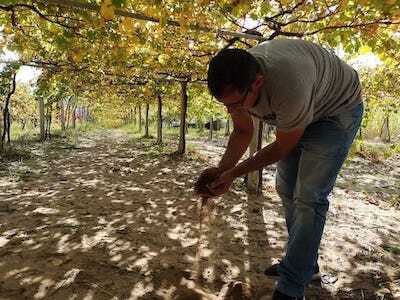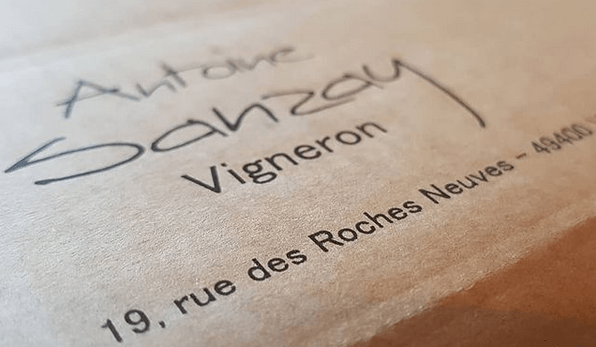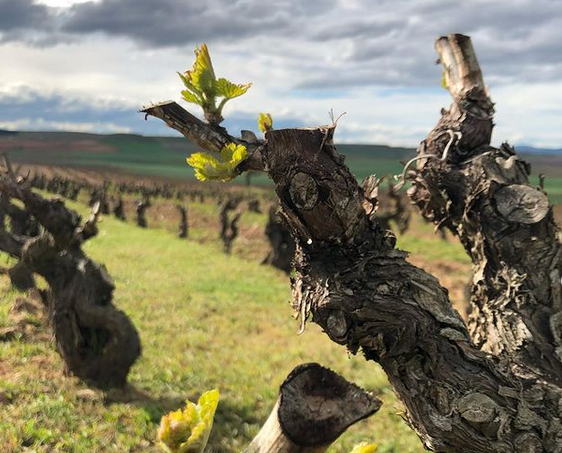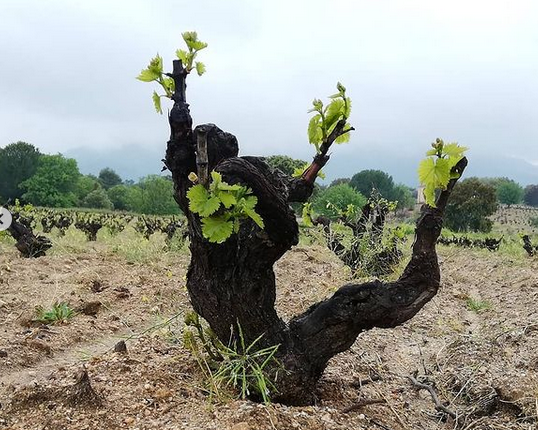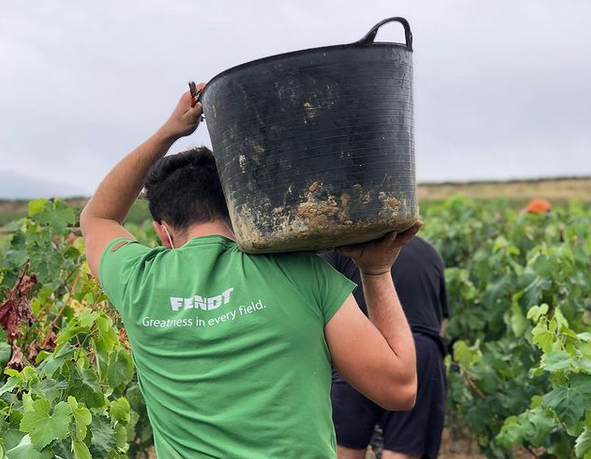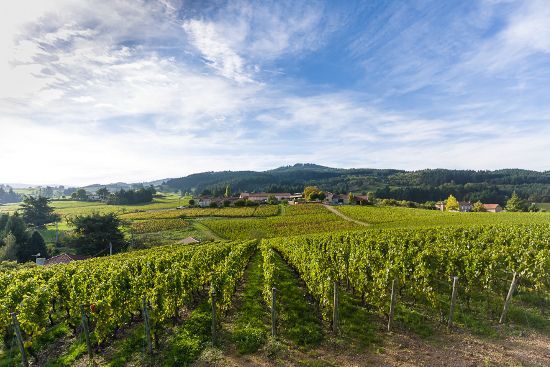How we buy wine
This is a subtitle for your new post
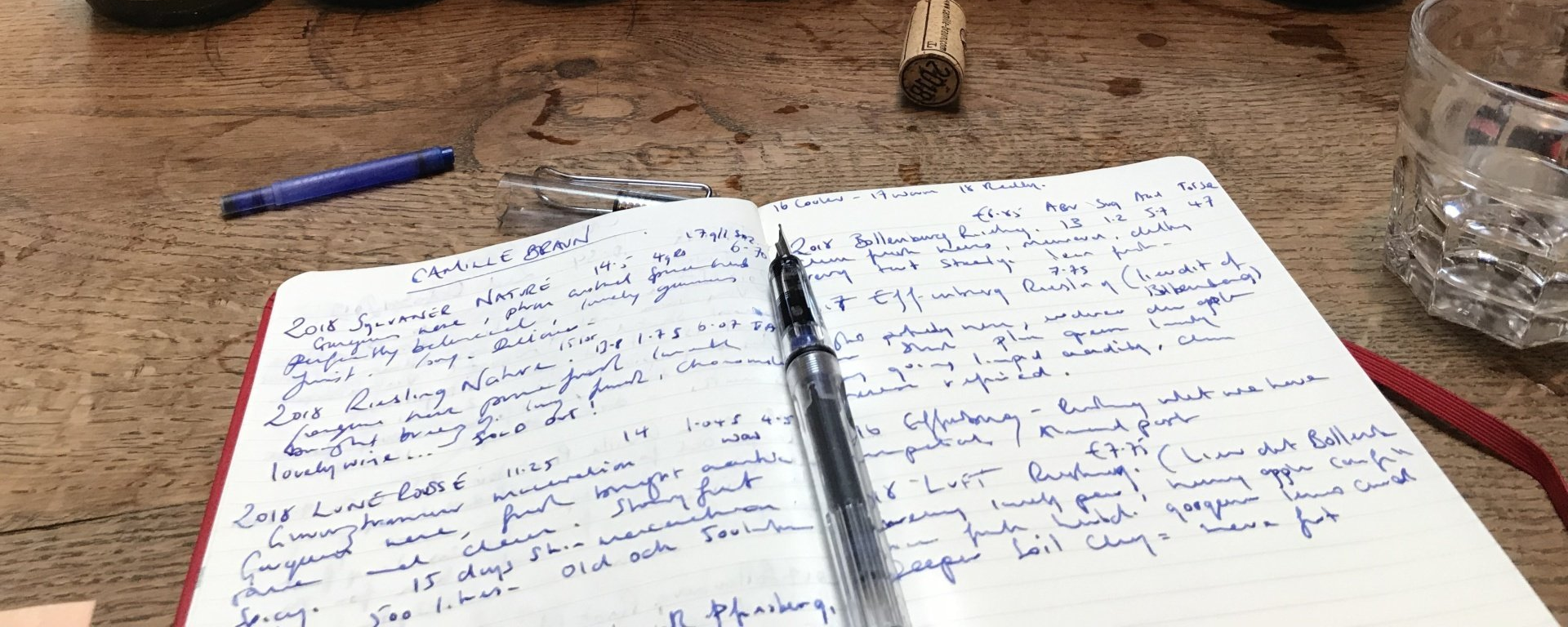
Our search for wine.
Geology
The maps of geology one can purchase now are frankly, in my humble opinion, worthy of framing and taking a place on the family home’s wall. They are in an abstract way as good a piece of art as any mustered by an artist, and have a depth that for most will be impenetrable, but that fascinate at some level no matter how superficial. These maps helped shape my understanding of the regions we work with on a macro (how the Brittany range meets the Parisian Basin and its influence on the Loire for example) and micro scale (One row on schist and one on slate, and how ripen a week apart).
I have long been a keen and very amateur geologist, It is a constant source of fascination to me that time past has created so much intrigue beneath our feet, and it is no less fascinating that it has such an influence on how wine tastes. I must confess here that I am no chemist and science was where I struggled most at school, but the main themes of Geology are not beyond anyone’s grasp, and with the vineyard as the school room it becomes so much easier to learn and remember. It impact on viticulture is incredible and understanding primary and secondary influences goes a long way to helping to unpick some of the mysteries of a vineyard.
Vine and Vineyard
A defining feature of any of the wines we import is its identity, its regional accent if you like. The location of the vineyard, the aspect and micro climate, the underlying geology and the soil above, the way the vines are trained, the clones and varieties, all these add to this sense of place. I feel in order to understand the sense of place one first has to get to know it, hear the accents in all its forms and try to comprehend when it is authentic and when it
false. Tasting one grower is not enough, one has to visit a region and get under its skin, see the view from all angles and try to pick out what are the unique elements to this region or place, and what are influences that detract from the originality.
In my life of wine, I have tried to taste from as many growers in each of the regions we work in as I can (and many from those we don’t). I tend not to warm to wine makers whose first instinct is to lead you to their tasting room and gallery of medals. I learned quickly that it is in the vineyard that one gets the first feel for what a wine may or may not be like, and a chance to get to know the person who is key in influencing its style and their empathy for their plot of this earth. To walk a vineyard with someone like Francois Mitjaville of Tertre Roteboeuf is an occasion not to be missed (but book a whole day off!); it is to start to understanding that a direct and intimate knowledge of the vines and the vineyard is absolutely key to the quality and authenticity of the wine that will come from it.
My first experience of this was in Pouilly Fuisse walking with Roger Saumaize-Michelin in 1996 through his steeply gauged vines under the Roche de Vergisson. We discussed why some vines we espalier, some cordon simple, why some vines were smaller, yet older, some were more vigourous, and always directing it back to how the wine tasted as a result of these physical attributes, and always with an explanation of cause, or likely cause (espalier helps to get even bud burst by the way, and can be seen throughout the Maconnais). I will never forget it and that visit set in train a fascination in the link to vineyards and wines that exists as fervently to this day.
Winery
The saying goes that wine is made in the vineyard, to which I might finesse by saying that the wines character is made in the vineyard, and it is in the winery where it is either allowed to shine or ruined forever. The best winemakers I know tend to know everything in order to confidently do nothing, or who have experimented and failed, and improved as a result. I am not afraid of shiny cellars with new tanks and polished floors, as I am also not afraid of a dusty old cellar with moldy casks and a weird wooden ornament in the corner, I have tasted great wines and terrible wines in both. What I look for is fairly simple. Actually more correctly I smell for it.
I have never been to a cellar where the overriding aroma is of acetic acid and tasted a good wine within it. I do not particularly like the aromas the spoilage yeast brettanomyces brings to a wine so if I smell it I am on the back foot already, vigilant for its presence in one or all of the wines we are about to taste. I don’t like the smell now commonly referred to as mousiness in wine, to my mind it is a product of lazy hygiene regimes and I wouldn’t want my tuna served on a dirty plate, so I don’t want my wine to touch dirty surfaces. I am told often it is part of the ‘natural wine process’ but I am confident in my explorations to say no it isn’t, it is just poor practice. We will have all tasted a natural wine which is not mousey (and by that a wine with no additional SO2, fining or filtration) and they are not mousey. So it is not part of the process, and it puts a scrim between the wines authenticity and the drinker. I also don’t like the smell of SO2 particularly, and I really don’t like the filter pad smell either, a winery which is over sanitised is as anathema to me is one where it is not thought of at all.
To walk into a winery and to just smell good things (gut reaction expression there, but I know you will know what I mean!), well after a good walk around a vineyard this is the where it starts to get exciting!
Taste and context
I love tasting from barrel and tank, and with a winemaker who can translate what they know into the organoleptic evidence in the glass it is sometimes a wonder. It is often hard to gain much more that what the wines form will take as many of its complex characters and finessing has yet to be completed, but it gives a summary, and this is useful. I know I share the childlike enthusiasm of other wine tasters when one taste the bottled version of a wine tasted in barrel the year before and can compare notes. It is geek Valhalla!
Tasting bottled wine in the cellar is the final key to the lock. Once again, to taste in the presence of the person who raised a wine will reveal their passion for their wines and one prays this translates into the wine in glass. Most of the time it does, and each wine has its own narrative to help build the full story. Occasionally it doesn’t, and this can often be illuminating, as a grower who is oblivious fault may well be hiding the truth elsewhere. Thankfully most of the time (and in more recent years) it is not an issue we face that often. I don’t discuss prices until we know we want to work with a grower, and I also don’t negotiate, their price is their price and we can either work with it or not, and we only comment on labels if we are asked (again if we don’t like them we don’t have to buy them, but I feel that is a little superficial!)
As I try to taste as much wine as I can, in the context of what work I am doing, I am conscious of trying to be objective. I am not always making buying decisions, but it is useful to try to form a picture of what style of wine I would want from that place. I do not believe that all the wines we have on our list are the best, but I do believe they are the best wine that represent us. By continually tasting around our own growers I can see how they are getting on and improving, but by tasting around a region I can see how the wines we import relate to those of other growers in the region, which helps give context to what we do.
Our aim at CBW has always been, and remains to this day, to try and understand the regions in which we work, find a grower who represented what we loved in wine; Tension, freshness, a clear line to the soil, and drink-ability, and it remains that way to this day, and to do our best to represent them in the market to the best of our ability. We just hope you enjoy them too.
Ben Llewelyn

